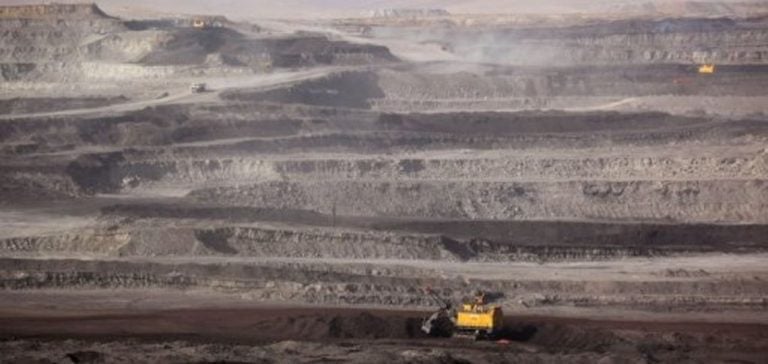The daily transport of coal by Mongolian trucks to China resumed in mid-October after heavy rains disrupted logistics in early September. This rebound has led to increased availability of metallurgical coal supplies in China, according to sources on October 21.
During the week ending October 18, the number of trucks transporting Mongolian coal to China via the land port of Ganqimaodu exceeded 1,000, compared to approximately 700 trucks in early September, according to the Shanghai-based consultancy SDIC Essence Futures and the China Coal Economic Research Association.
In early September, coal transport to China was affected by torrential rains in Mongolia, slowing the movement of coal, sources indicated. This situation was accompanied by a lack of storage capacity in the supervised warehouses at Ganqimaodu port. Additionally, traders were reluctant to make purchases, thereby impacting Mongolian coal transport during that period, added analysts from the China Coal Economic Research Association.
Increase in Coal Stocks in China
However, Mongolian coal supplies have recently improved, which has also led to an increase in coal stocks in China. China’s metallurgical coal supply for the week ending October 18 improved, with key mines’ operating rates reaching 87.2%, up 0.2% from the previous week, analysts from the China-based consultancy Ruida Futures indicated. The daily average output reached 1.97 million metric tons, an increase of 5,000 metric tons from the previous week, adding pressure on coal warehouses.
Evolution of Sectoral Stocks
Total metallurgical coal stocks in China reached 21.04 million metric tons for the week, up 2.2 million metric tons compared to the previous year, due to increased inventories among end-users and at ports, according to the consultancy East Asia Futures (EAF).
The steel sector had 7.36 million metric tons in stocks, up 10,300 metric tons from the week, while the washed coal sector had 1.73 million metric tons, according to EAF data. The coke sector, another key end-user of metallurgical coal, reported stocks of 9.57 million metric tons in the week ending October 18, up 47,400 metric tons year-on-year.
Impact on Spot Trade
During the same week, metallurgical coal stocks at major Chinese ports reached 4.11 million metric tons, up 2.18 million metric tons compared to the previous year.
Furthermore, spot trade in China slightly decreased during the week, mainly because the last round of coal stock replenishment ended after markets resumed following the prolonged Golden Week holidays, SDIC analysts indicated.






















